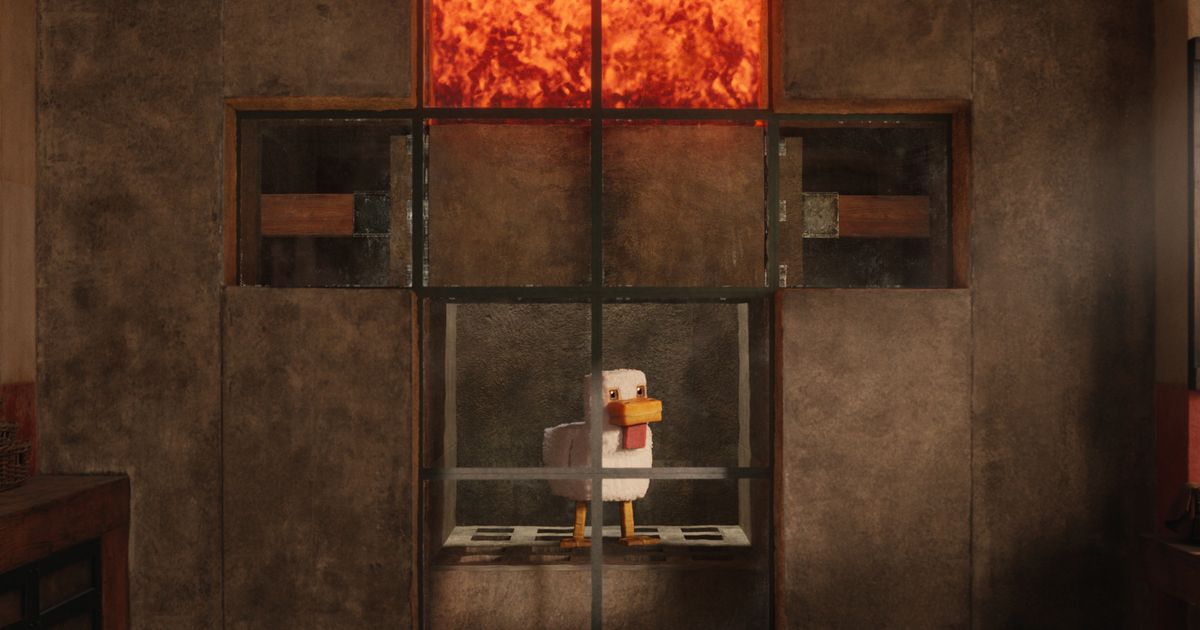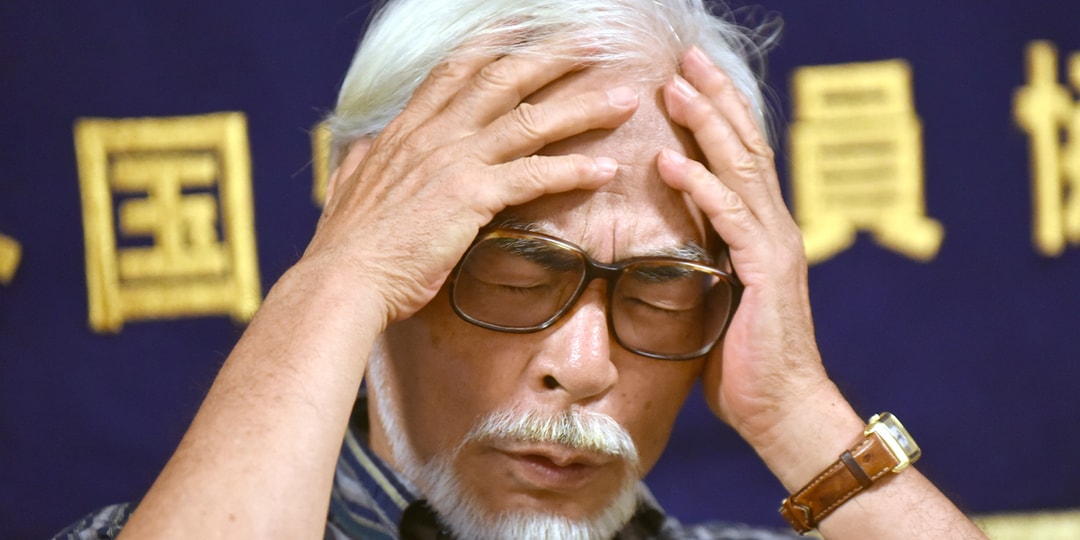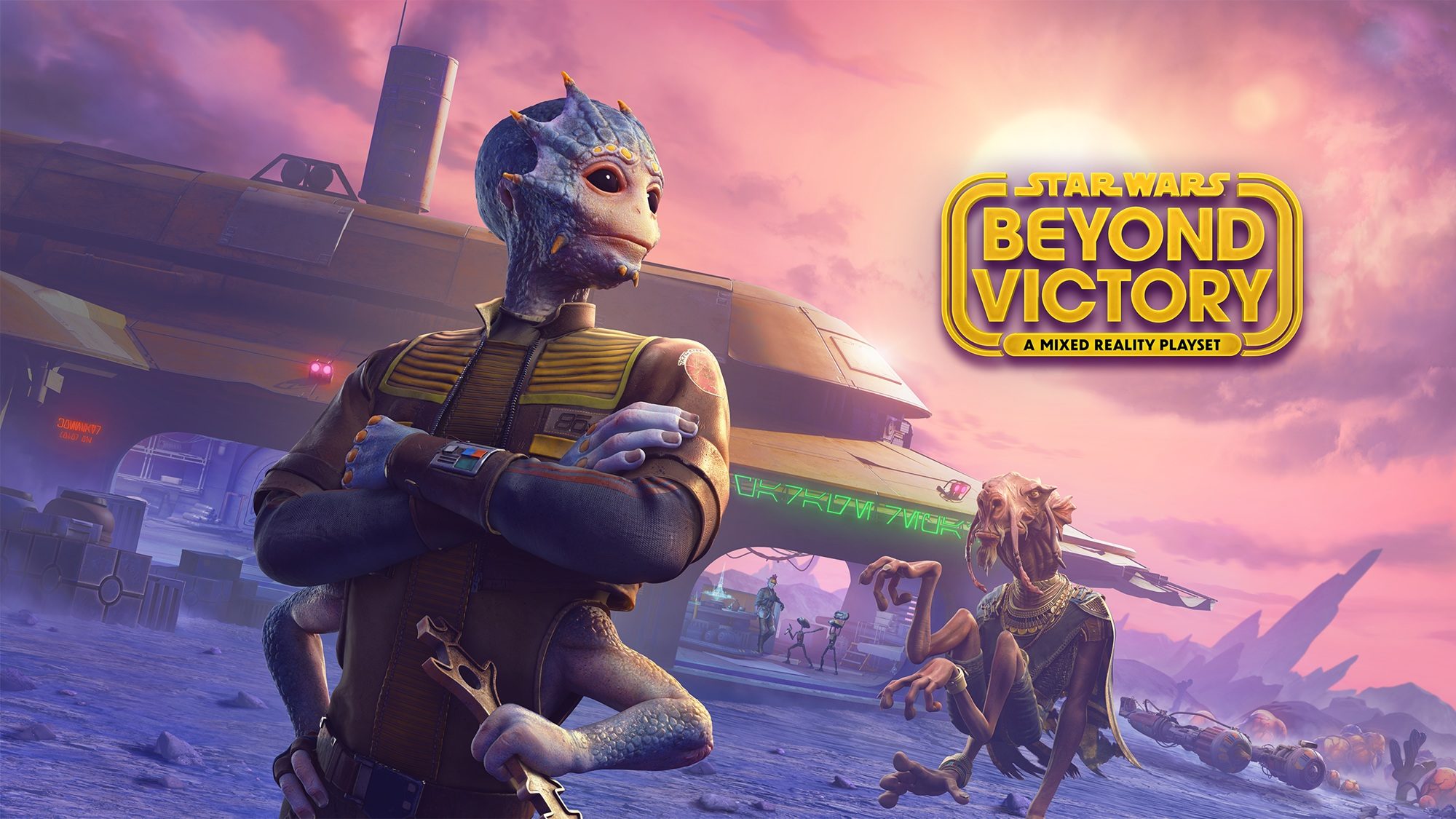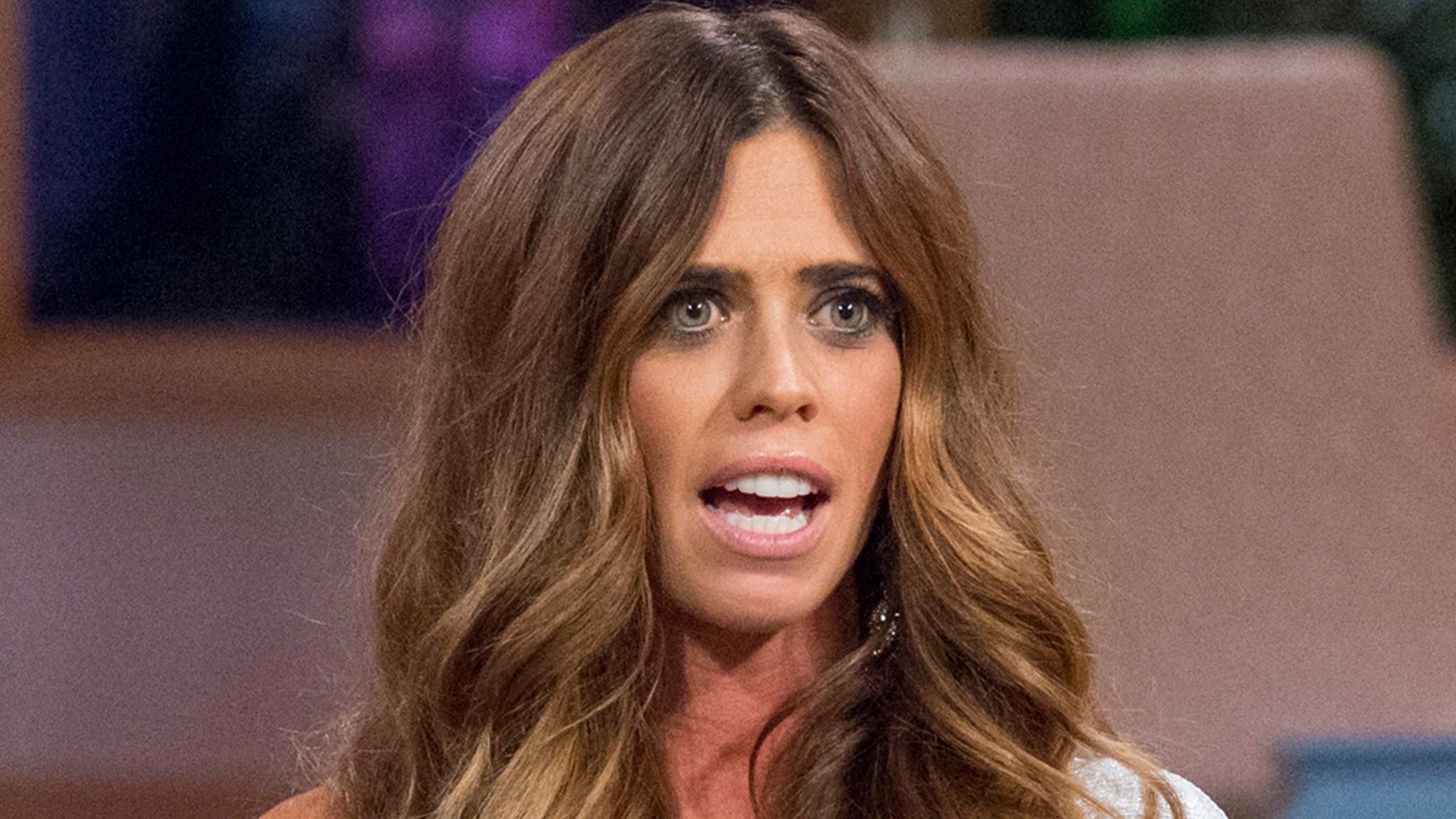Why Fans of 'Goodnight Punpun' Are Relieved by the Absence of an Anime Adaptation

For most manga enthusiasts, the transition of their beloved series into an anime adaptation is often regarded as a dream realized. The opportunity to witness the narrative come to life through stunning animation is an exhilarating prospect for many. However, there exists a unique exception to this trend among fans of the critically acclaimed manga, Goodnight Punpun, created by Inio Asano, known for works like Dead Dead Demons Dededede Destruction. Surprisingly, this particular fanbase is actively resisting the notion of an anime adaptation, and their reasons are compelling.
Originally published in 2007, Goodnight Punpun is a poignant exploration of the trials and tribulations of growing up, coupled with the mundanity of everyday life. This series has earned its place as one of the most revered seinen manga of all time, standing alongside other giants like Berserk, 20th Century Boys, and Hellsing. Despite its popularity, the devoted following of Goodnight Punpun is fiercely protective of its integrity, expressing little concern about potential adaptations that could tarnish its raw narrative.
Indeed, Goodnight Punpun often ranks highly on various lists highlighting the best manga that have yet to receive an anime adaptation. However, fans appear content to keep it that way. From the very first chapter, readers recognize that this story diverges significantly from typical manga narratives; its plot and unique storytelling style present challenges that would be difficult to translate into an animated format.
The narrative centers around 11-year-old Punpun Onodera as he navigates the tumultuous period of adolescence. While this premise might sound unassuming at first, it unfolds into one of the most harrowing and heart-wrenching manga ever created. Punpun's home life is riddled with abuse, his infatuation with a classmate is toxic, and he faces life-threatening situations like a near-fatal fire. His experiences are compounded by overwhelming anxiety, a relentless feeling of being beaten down by life, and even the surreal presence of a God-like figure who mocks him. This grim reality is just a glimpse of what readers encounter within the first volume, as Goodnight Punpun offers an unflinching and often tragic portrayal of growing up and the search for meaning in a seemingly indifferent world.
The content of Goodnight Punpun plays a crucial role in the collective apprehension surrounding its potential anime adaptation. The series delves into heavy, sensitive themes right from its inception, and as Punpun experiences the complexities of life, the narrative grows increasingly dark. While many anime series explore difficult subjects, they often do so by striving to find a glimmer of hope amidst the darkness. In contrast, the unrelenting nihilism that permeates Goodnight Punpun would pose significant challenges in adapting it into an anime format, potentially resulting in an overwhelmingly disheartening viewer experience.
Fans often joke about their reluctance to recommend the series to newcomers, wary of the emotional turmoil that follows. The thought of witnessing Punpun's heart-wrenching journey brought to life through animation is met with trepidation, as many believe it could expose even more people to the emotional distress encapsulated within its pages.
Additionally, there are artistic elements of Goodnight Punpun that are inherently tied to its manga format. For instance, the design of its protagonist, Punpun, is uniquely rendered as a cartoonish bird-like figure, contrasting sharply with the human designs of the other characters. This artistic choice amplifies the impact of the tragic events unfolding around him. In an animated adaptation, this design could easily come off as whimsical rather than somber, undermining the series' gravity.
Moreover, the manga employs a surreal and eccentric style that, while effective on the page, may not translate well into animation. The monochromatic illustrations ground the more bizarre sequences, preventing them from detracting from the story's somber tone. Scenes depicting Punpuns dreams or Shimizu's visions could feel out of place or overly exaggerated in an animated format, compromising the emotional weight that defines the series.
One of the most compelling aspects of Goodnight Punpun is its nonlinear storytelling, which shifts fluidly between past, present, and future. While this does not render an adaptation impossible, it does present significant challenges. A skilled director would be required to maintain the delicate balance and thoughtful intricacies of Inio Asanos narrative style.
Fortunately for fans, there are currently no announcements or rumors suggesting that an anime adaptation of Goodnight Punpun is on the horizon. Given the series' immense popularity, it seems likely that a studio may eventually attempt to adapt it, but those familiar with the source material understand just how daunting a task that would be. For now, readers who are willing to challenge their emotional resilience can find solace in the English publications of Goodnight Punpun, available through VIZ, which boasts stunning volumes that do justice to the original artistry.



























